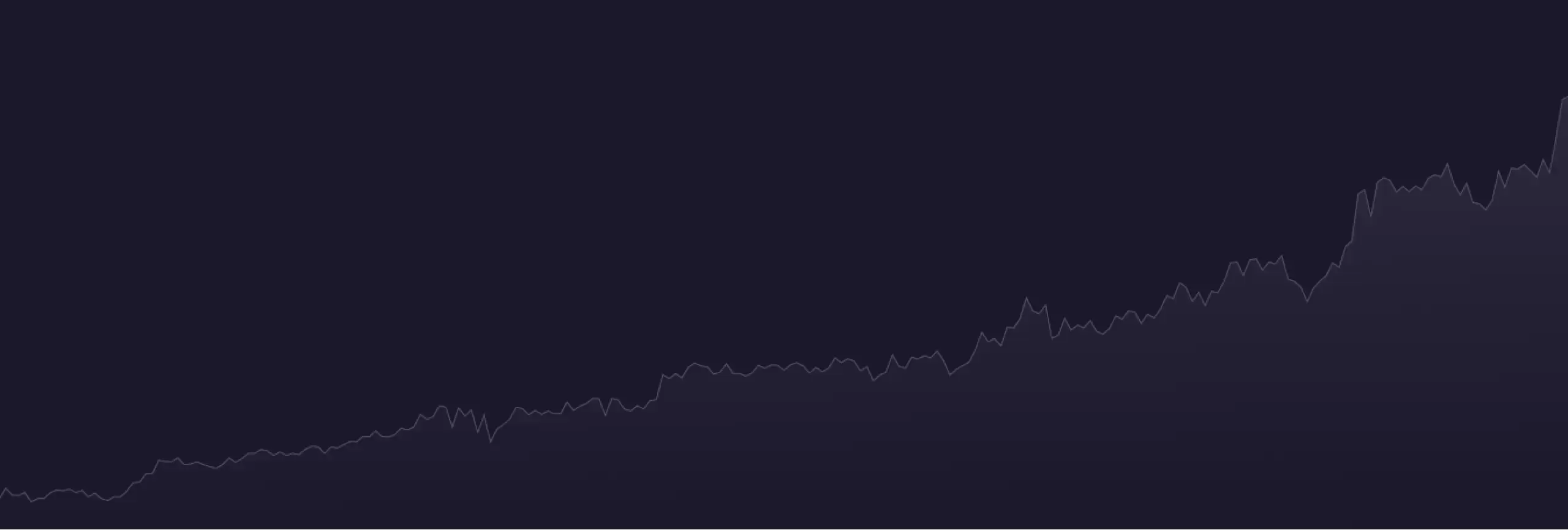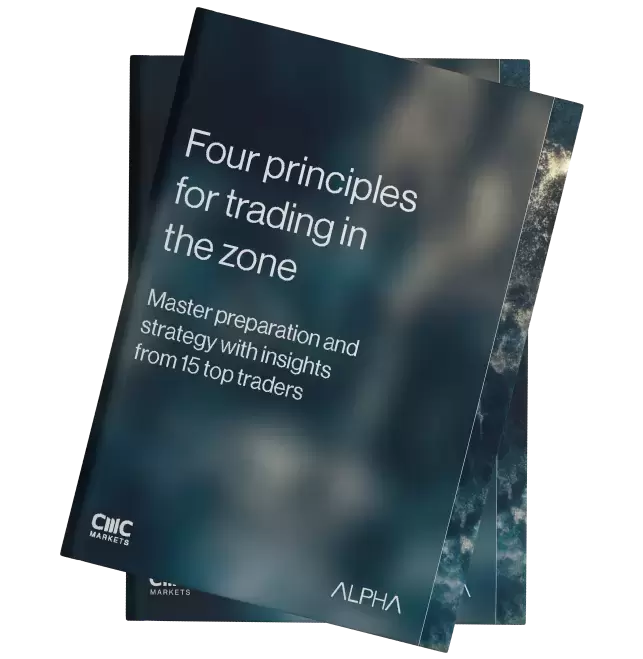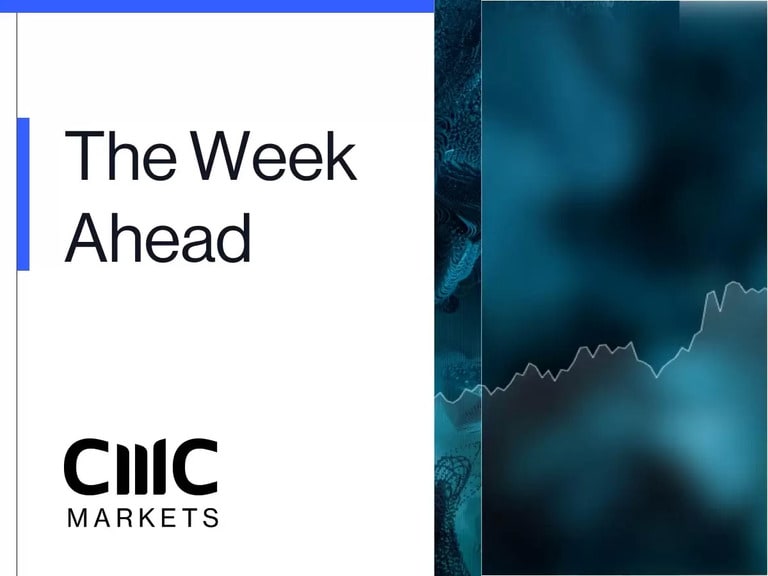
Throughout 2022 and 2023, a trio of challenges—disease, hurricanes, and drought—struck global orange production and almost cut yields in half. The devastation hit Florida and São Paulo, regions that together contribute over 85% to the world's orange production. Orange juice enthusiasts quickly found themselves grappling with a textbook economic situation: a supply crunch, where supply falls short of demand generally leading to higher prices. In a notable market shift, the contract price for orange juice soared to an all-time high in October 2023, increasing more than 80% from the prices seen in October 2022. But there is another asset, in digital form, for whom similar supply crunch dynamics may soon be relevant: Bitcoin. Every four years Bitcoin undergoes a halving event, reducing the rate of new supply entering the market. Unlike with orange trees, where one can plant more to increase yield, Bitcoin's supply schedule is immutable and cannot be arbitrarily changed. The halving event has historically been significant for Bitcoin but the factors surrounding the upcoming halving in April 2024 are particularly unprecedented. This analysis will break down the underlying mechanics of the halving, explain how it can impact Bitcoin's price, and review key considerations for the upcoming April 2024 halving.
Halving Mechanics
To grasp the halving, it is essential to first understand some of the cogs of Bitcoin, such as the architecture around its supply and mining process. Given the technical complexity of each element, this section will offer a cursory overview, supplying key information and avoid descending into technical rabbit holes.
Supply
Bitcoin's supply is capped at a total of 21 million units. However, each Bitcoin can be divided into smaller fractions. The smallest fraction is 100,000,000th of a Bitcoin, known as a Satoshi, named after Satoshi Nakamoto, the anonymous founder of Bitcoin. Bitcoin is often praised for its fixed supply of 21 million coins, but it is important to note that this is the ultimate total. Currently, the supply is still increasing at a decreasing rate on a preprogramed schedule independent of any central authority. There is a similar dynamic at play with physical gold: gold's total reserves are finite, but the marketable supply incrementally rises through gold mining. The difference with Bitcoin is that increased demand cannot lead to increased production or extraction.
Mining
Bitcoin mining is the process of validating transactions and introducing new Bitcoins into circulation. Just as Mastercard processes transactions through its network and charges a fee for doing so, Bitcoin has its own network where miners use specialised machines to process transactions. However, unlike Mastercard, the Bitcoin network also generates new Bitcoins, increasing the current circulating supply of the asset.
The transactions processed by the Bitcoin miners are grouped together in batches called blocks that contain roughly 2000 transactions each and occur approximately every 10 minutes. Bitcoin miners are rewarded with Bitcoin for their work in processing transactions, also known as a block reward. This reward is made up of two components, newly issued Bitcoin and transaction fees paid by users of the Bitcoin network. Currently Bitcoin miners collectively receive 6.25 Bitcoin per block, or about 900 Bitcoin per day.
Halving
The halving is a pre-programmed event built into Bitcoin's code that ensures that every 210,000 blocks (approximately four years) the amount of newly issued Bitcoin is cut in half. At the time of writing the halving is estimated to occur on April 16th, 2024. The reason this is an approximation only is because of the variability of the mining algorithm. The time required to mine a block is not fixed. It can fluctuate depending on factors such as the number of miners. When the halving occurs in April the block reward will fall from 6.25 to 3.125 Bitcoins. The rate at which Bitcoin's supply is increasing is currently around 1.75% per annum. Following the upcoming halving this rate will decrease to around 1.1% per annum.
The rationale behind the halving is also important to understand. Satoshi could have designed Bitcoin with a fully realised fixed supply from the outset, but this approach would not have motivated miners to support the network when it was just starting. Conversely, a constant reward and uncapped supply could lead to unlimited Bitcoin, potentially causing a high rate of supply growth like some fiat currencies today.
The increasing supply functions to provide the necessary incentives that can adapt as the network scales. Bitcoin's success to date has been significantly influenced by its network effects. As the user base grew, more miners came online, boosting trading volume and liquidity. This led to greater acceptance and utilisation which has fuelled price growth to date. As Satoshi wrote in 2009, "In this sense, it's more typical of a precious metal. Instead of the supply changing to keep the value the same, the supply is predetermined and the value changes. As the number of users grows, the value per coin increases. It has the potential for a positive feedback loop; as users increase, the value goes up, which could attract more users to take advantage of the increasing value."
Halving Price Dynamics
In general price is determined by supply and demand. When it comes to Bitcoin the supply side is broadly made up of two factors, new Bitcoin being introduced into circulation via mining and investors selling. The demand component comes from market actors who want to buy Bitcoin. The halving directly impacts the introduction of new Bitcoin into circulation, which can then influence the two other aspects of this price equation. Central to the discussion here is the concept of market absorption. Like with any other market where new supply is being introduced constantly, new Bitcoin issued daily to miners that is sold by miners needs to be bought by the market to keep the price steady. Noting, it is not necessarily a given that miners will sell their Bitcoin. Some miners demonstrate strong conviction in Bitcoin, only choosing to sell their Bitcoin during tough market conditions to cover operational costs. In any case after the halving less Bitcoin will be being issued, so less Bitcoin needs to be absorbed to maintain the price. The halving therefore gives rise to a short-term supply and demand imbalance which may require a market adjustment.
While the theory of supply and demand seems straightforward, applying it to forecast prices is difficult if not impossible. The price mechanism is imperfect mainly because not all information is available, and investors do not always act rationally. Additionally, Bitcoin faces unique factors that add complexity to this situation. First, the halving cycle plays out over a four-year period where unforeseen macro events and other narratives can influence price. Secondly, the halving is a significant media event that may increase investor interest in Bitcoin, potentially drawing in new market participants, the extent of which is uncertain. Third, some participants in the global mining network tend to withhold their data from the public, making their operations and selling behaviour challenging to track. While investors may try to anticipate or speculate on future prices based on their predictions the halving event remains an elusive market phenomenon.
Considerations for the 2024 halving
While prior Bitcoin halving events have exhibited a certain rhythmic similarity, each has its own distinct character. Reasons for this variation include, but are not limited to, changes in investor behaviour, the macroeconomic landscape, the regulatory landscape, and the magnitude of the reduction in new supply brought about by the halving.
A starting point for analysis on the current halving are the historical patterns of price fluctuations observed during past halving events. The adage "history is not indicative of future results" is highly relevant when examining Bitcoin given its notable price fluctuations over time. Below is a summary of the approximate price movements observed during Bitcoin's three halving events:
Halving 1 - November 28, 2012
Price at halving: $13
Subsequent peak in the following year: $1,152
Post-peak low: $152
Halving 2 - July 16, 2016
Price at halving: $664
Subsequent peak in the following year: $17,760
Post-peak low: $3,128
Halving 3 - May 11, 2020
Price at halving: $9,734
Subsequent peak in the following year: $67,549
Post-peak low: $16,625
Source: tradingview.com
Important: Past performance is not a reliable indicator of future performance. Prices provided above are for illustrative purposes only and no guarantee of any accuracy.
Given these numbers an ongoing discussion now centres on whether the diminishing returns observed in multiples of price increases will persist, or if this halving cycle might defy the trend. Below are some of the factors that may shape the outcome of this debate.
In this impending halving scenario, US Bitcoin spot ETFs, which gained approval by SEC in January 2024, have the potential to influence the dynamics of the halving. In a general context, as a gateway that enables investors to get exposure to the asset via traditional regulated channels, the significance of the ETFs cannot be overstated. Previously, investors might have had a feeling that they were largely on their own, often without help from the world of traditional finance. For certain investor cohorts, especially retirees, the complexity of Bitcoin was likely a bridge too far. However, the ETFs stand for more than just ease of access. For some, the regulatory approval and Bitcoin ETF offerings from big players like BlackRock and Fidelity may serve as a signal of Bitcoin's growing mainstream acceptance. Now, hedge funds, pension funds, family offices, and sovereign wealth funds can get exposure to Bitcoin with greater confidence thanks to the new financial products of Bitcoin ETFs, subject to their investment terms and conditions. For many investors the ETFs won’t necessarily blow the door to Bitcoin wide open, but they do roll out a welcome mat.
Perhaps one of the most significant effects of the Bitcoin ETFs, which has already become evident, is their influence on demand. Touted as one of the most successful ETF launches of all time, BlackRock's Bitcoin ETF shattered records by amassing $10 billion in assets in just seven weeks. This was a milestone that took the first gold ETF took over two years to achieve, albeit in 2004. All Bitcoin investment products globally now control over one million Bitcoins, around 5% of the current circulating supply. Eric Balchunas, a senior ETF analyst at Bloomberg and a leading commentor on the Bitcoin ETFs before and after their launch, remarked in a post on X on March 5, "these are bananas numbers for ETFs under 2 months old."
Alarmingly, the quantity of Bitcoin being acquired daily by the ETFs to meet investor demand far exceeds the current issuance. At some points over the past few months the ETF issuers were purchasing more than 10-12 times the amount of Bitcoin that was being produced daily via mining. Assuming demand remains robust the ETFs could eclipse the halving in terms of impact on price. This time around the halving may serve as additional fuel to an already burning fire, diverging from its historical role as being the spark in the kindling.
The interplay between psychology and price action is another key consideration for the April halving. Investor sentiment towards Bitcoin, especially the willingness to sell at specific price thresholds, plays a significant role in shaping the dynamics of the halving equation. This is likely due to its direct influence on the supply side of the market. As of late February 2024, an approximate 70% of Bitcoin had not changed hands for at least a year, indicative of a prevailing low time preference and steadfast conviction among current holders. If investors remain firm in their conviction not to sell, this could exacerbate a supply crunch. Moreover, the ETFs, commonly viewed as medium to longer-term investment vehicles by some, may draw in additional forward-looking investors, thereby further constricting the supply.
Conclusion
The mechanics inherent to the Bitcoin halving might possess the potential to fuel bullish price movements in a short term, as evidenced by Bitcoin's mechanics and prior halving cycles. However, as with previous halving events, downside catalysts persist, including the looming risk of global financial instability and unforeseen black swan events. Nonetheless, this halving is juxtaposed with promising new catalysts for upside potential. The Bitcoin ETFs continuing to gain traction would be one such catalyst. Additionally, institutional adoption and further embrace from nation states (following the lead of El Salvador and the Central African Republic) would potentially serve as bullish factors.
Although the upcoming halving may carry significance for the Bitcoin ecosystem, it won't solely determine its price trajectory in the months ahead. Bitcoin's value is influenced by numerous market factors, prompting investors to study Bitcoin thoughtfully and adopt a comprehensive approach when evaluating this novel asset. Regardless of the scenario, both investors and non-investors will continue to adjudicate Bitcoin's technical efficacy and grapple with its real-world implications.
Sources:
Trading Economics | Orange Juice
Cointelegraph | First gold ETF took 2 years to hit $10B, this Bitcoin ETF did it in 2 months
Wikipedia | Bitcoin – Units and Divisibility
Bitcoin Wiki | Controlled supply
Glassnode Insights | Quantifying Short-Term and Long-Term Holder Bitcoin Supply
BitPay | A Historical Look at BTC Price Post-Halving + Predictions Roundup
Further reading:
Grayscale | 2024 Halving: This Time It’s Actually Different
Lyn Alden | Bitcoin: Fee-Based Security Modeling
Youtube | Unchained – Bitcoin is not a hedge | Parker Lewis at Old Parkland
 | Written by Henry Fisher Henry Fisher is the Digital Content Producer at CMC and has eight years of experience in marketing and finance. He plays a crucial role in translating market trends into actionable insights for clients via written analysis, videos, webinars, and thought leadership. |
CMC Markets is an execution-only service provider. The material (whether or not it states any opinions) is for general information purposes only, and does not take into account your personal circumstances or objectives. Nothing in this material is (or should be considered to be) financial, investment or other advice on which reliance should be placed and is warranted to be complete, accurate, or timely. No opinion given in the material constitutes a recommendation by CMC Markets or the author that any particular investment, security, transaction or investment strategy is suitable for any specific person.
All investment involves risks. Past performance is not a reliable indicator of future results.
The material has not been prepared in accordance with legal requirements designed to promote the independence of investment research. Although we are not specifically prevented from dealing before providing this material, we do not seek to take advantage of the material prior to its dissemination.
CMC Markets does not endorse or offer opinion on the trading strategies used by the author. Their trading strategies do not guarantee any return and CMC Markets shall not be held responsible for any loss that you may incur, either directly or indirectly, arising from any investment based on any information contained herein. It is important to verify the Information before making any investment decisions and refrain from doing so solely based on this Information without seeking advice from a professional financial adviser.
Disclaimer: CMC Markets is an execution-only service provider. The material (whether or not it states any opinions) is for general information purposes only, and does not take into account your personal circumstances or objectives. Nothing in this material is (or should be considered to be) financial, investment or other advice on which reliance should be placed. No opinion given in the material constitutes a recommendation by CMC Markets or the author that any particular investment, security, transaction or investment strategy is suitable for any specific person. The material has not been prepared in accordance with legal requirements designed to promote the independence of investment research. Although we are not specifically prevented from dealing before providing this material, we do not seek to take advantage of the material prior to its dissemination.




















